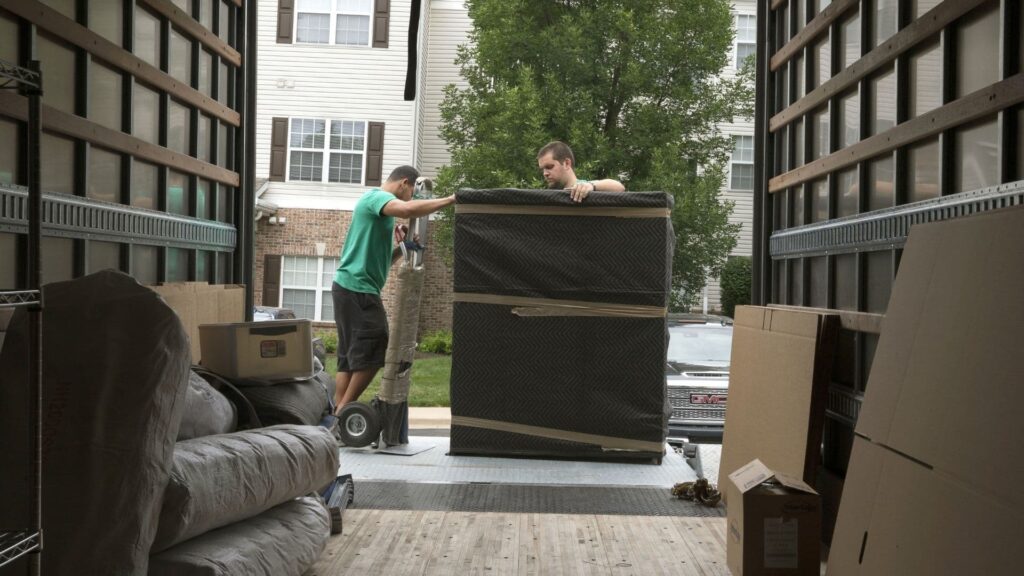If you have official orders that move you, chances are you’ll get to arrange your household goods shipment (HHG) via DPS. It’s the system that handles moving services for military members and civilians who have orders for a permanent change of station, separation, or retirement.
Today, the DPMO has improved the DPS experience by moving to a virtual Customer Service Center (CSS). It allows you to log in and complete your survey online. It also allows you to get your status updates and communicate with the CSC team with any questions.
The system also has a new look and feel to make it easier for you to navigate. You will receive short surveys at different stages of the process instead of one long survey at the end of your move. It’s designed to be a more convenient, mobile-friendly experience that saves you time and effort.
In February 1977, the Defense Transportation Management Agency, or DTMA, launched a concept plan for centralizing and improving household goods moves. A few years later, the service branches, industry, and USTRANSCOM leadership signed onto a program called Families First and worked to convince Congress to authorize full replacement value coverage for lost or damaged items during DOD moves. Here is the full process of moving (Military OneSource):
- Step 1: Give a notice of loss/damage within 180 calendar days from delivery date.
- Step 2: File a claim within nine months from delivery date.
- Step 3: Work with the TSP to assess your claim.
- Step 4: Finalize the settlement or transfer to the military claims office.
- Not fully satisfied? Contact your military claims office.
- Keep track of important dates for claim filing.

Permanent Change of Station Preparation
No matter how carefully a military family packs and prepares for a Permanent Change of Station (PCS) move, there is always the chance that something could be damaged in transit. Fortunately, service members can file damage claims in DPS, a digital portal for managing personal property claims during PCS.
The first step is filing a Loss and Damage Report in DPS. This step is required and allows movers up to nine months from the date of delivery to pay, deny, or counteroffer on your claim. It is important to include as much information as possible in this report, including item number, description of the damage, replacement or repair cost, and photos.
Once the LDR is filed, the TSP is required to replace or repair your item up to the full replacement value (FRV) unless it is professionally insurable or otherwise not permitted by law. In such cases, the TSP will replace or repair your items with a like item, and you can accept the new item or refuse it.
You may also file an inconvenience claim if the TSP fails to deliver your belongings on the required date or if they have to store them for more than five-days in summer or ten-days during winter. In these instances, you can receive reimbursement for rental car and lodging expenses. Convenience claims are typically handled by the service member, but spouses can file them as well.
During an in-processing (IP) or permanent change of station, PCSing military members are entitled to have their household goods (HHG) moved on the government’s dime. HHG is everything in your home that you use on a daily basis, such as appliances, furniture, and clothing. HHG shipments can travel CONUS, which includes the 48 contiguous states and Alaska, or OCONUS, which is international locations.
Those who wish to save on their relocation costs may choose to move with a Personally Procured Move, also known as a DITY (Do It Yourself) move. During this option, service members book movers through a third-party company such as HireAHelper, offering lower rates with high satisfaction. This move type is a great fit for those pressed on time, as it can save you money compared to a full service move.

